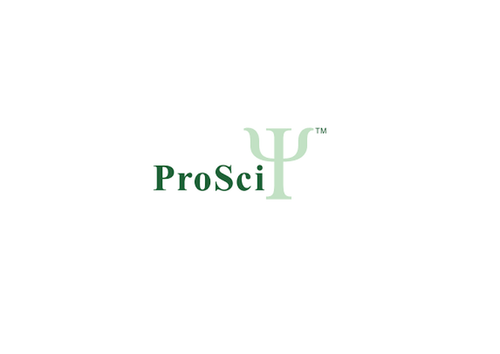Product Description
STAT3 Antibody, KO Validated | 14-190 | ProSci
Host: Rabbit
Reactivity: Human, Mouse, Rat, Monkey
Homology: N/A
Immunogen: Recombinant fusion protein containing a sequence corresponding to amino acids 640-770 of human STAT3 (NP_644805.1) .
Research Area: Apoptosis, Cancer, Cell Cycle, Immunology, Signal Transduction, Stem Cell, Transcription
Tested Application: WB, IHC, IF
Application: WB: 1:500 - 1:2000
IF: 1:50 - 1:200
Specificiy: N/A
Positive Control 1: HeLa
Positive Control 2: 293T
Positive Control 3: N/A
Positive Control 4: N/A
Positive Control 5: N/A
Positive Control 6: N/A
Molecular Weight: Observed: 90kDa
Validation: Antibody is Knockout validated.
Isoform: N/A
Purification: Affinity purification
Clonality: Polyclonal
Clone: N/A
Isotype: IgG
Conjugate: Unconjugated
Physical State: Liquid
Buffer: PBS with 0.02% sodium azide, 50% glycerol, pH7.3.
Concentration: N/A
Storage Condition: Store at -20˚C. Avoid freeze / thaw cycles.
Alternate Name: STAT3 Antibody: APRF, HIES, APRF, Signal transducer and activator of transcription 3, Acute-phase response factor
User Note: Optimal dilutions for each application to be determined by the researcher.
BACKGROUND: The protein encoded by this gene is a member of the STAT protein family. In response to cytokines and growth factors, STAT family members are phosphorylated by the receptor associated kinases, and then form homo- or heterodimers that translocate to the cell nucleus where they act as transcription activators. This protein is activated through phosphorylation in response to various cytokines and growth factors including IFNs, EGF, IL5, IL6, HGF, LIF and BMP2. This protein mediates the expression of a variety of genes in response to cell stimuli, and thus plays a key role in many cellular processes such as cell growth and apoptosis. The small GTPase Rac1 has been shown to bind and regulate the activity of this protein. PIAS3 protein is a specific inhibitor of this protein. Mutations in this gene are associated with infantile-onset multisystem autoimmune disease and hyper-immunoglobulin E syndrome. Alternative splicing results in multiple transcript variants encoding distinct isoforms.
 Euro
Euro
 USD
USD
 British Pound
British Pound
 NULL
NULL

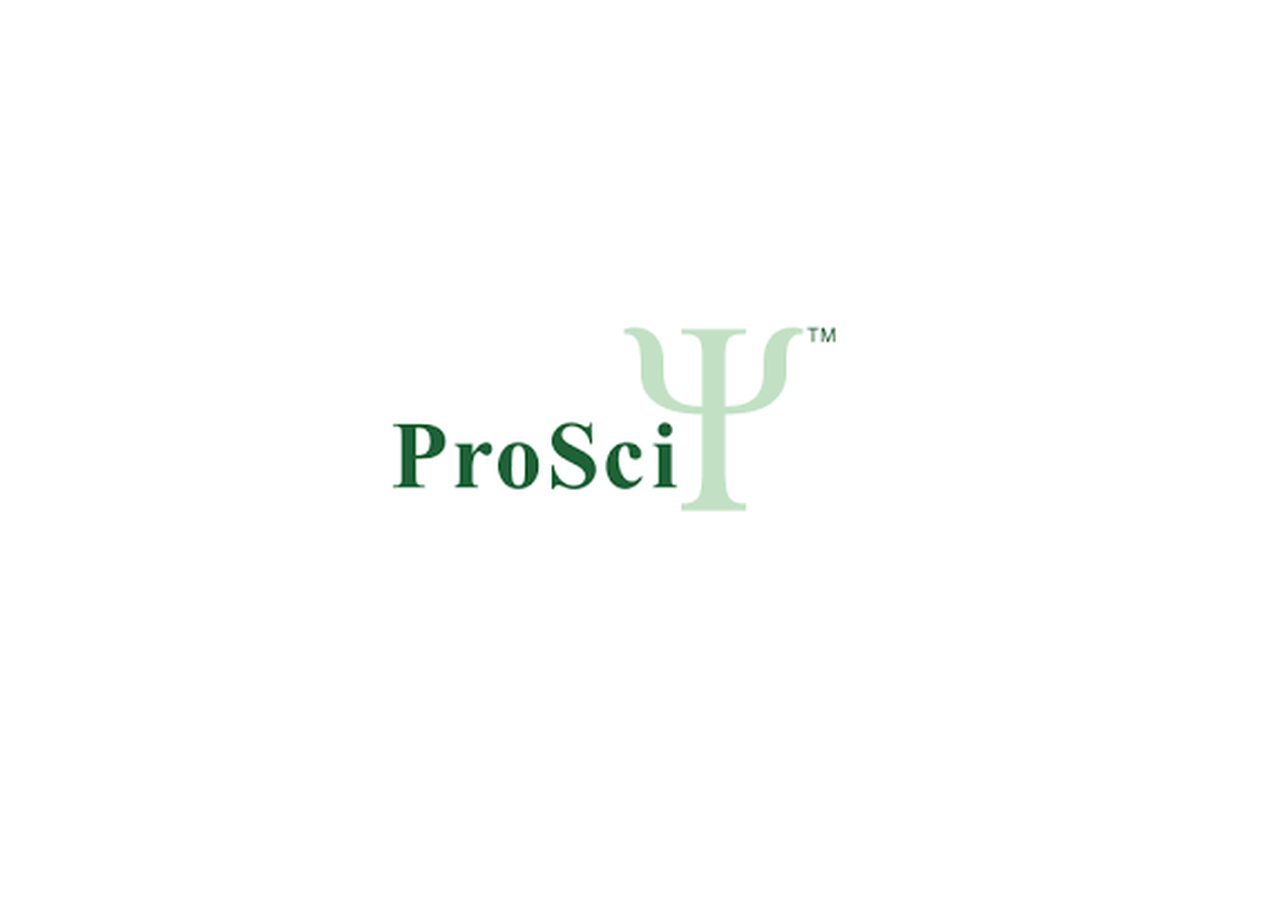
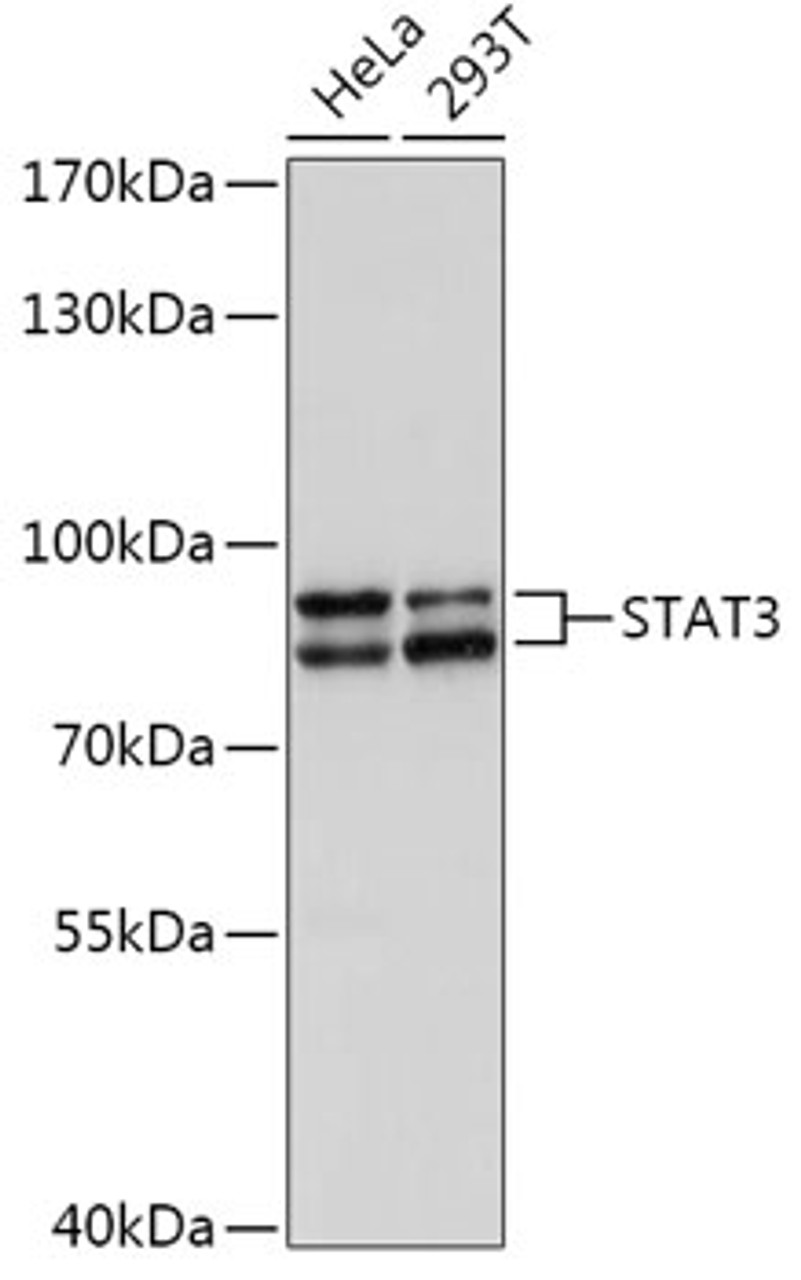





![[KO Validated] STAT3 Polyclonal Antibody [KO Validated] STAT3 Polyclonal Antibody](https://cdn11.bigcommerce.com/s-452hpg8iuh/images/stencil/500x659/products/295498/455635/sab-signalway-antibody__92073.1641690747__19280.1641691420.gif?c=2)
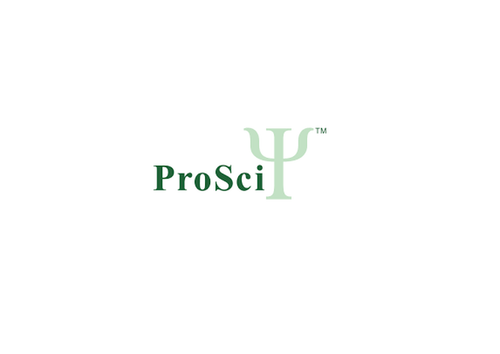
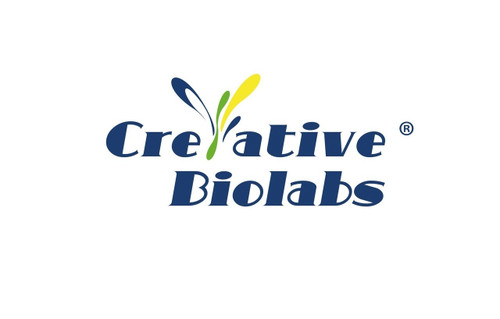
![[KO Validated] STAT3 Rabbit mAb [KO Validated] STAT3 Rabbit mAb](https://cdn11.bigcommerce.com/s-452hpg8iuh/images/stencil/500x659/products/396374/574847/unnamed-776x1024__91681.1646254488__92229.1646256048__87661.1646652403.png?c=2)
